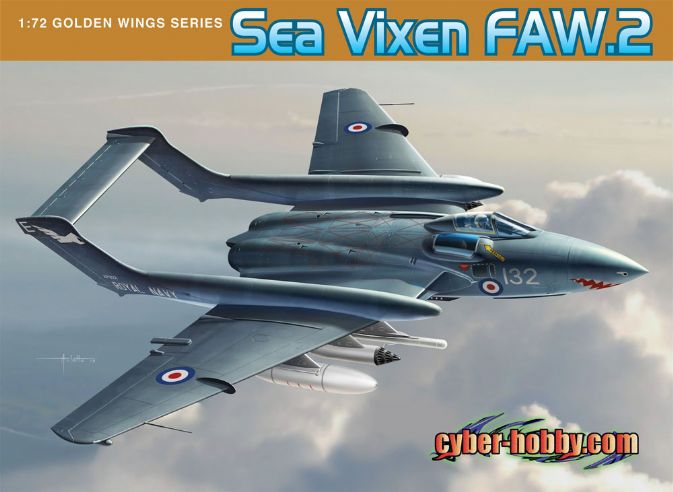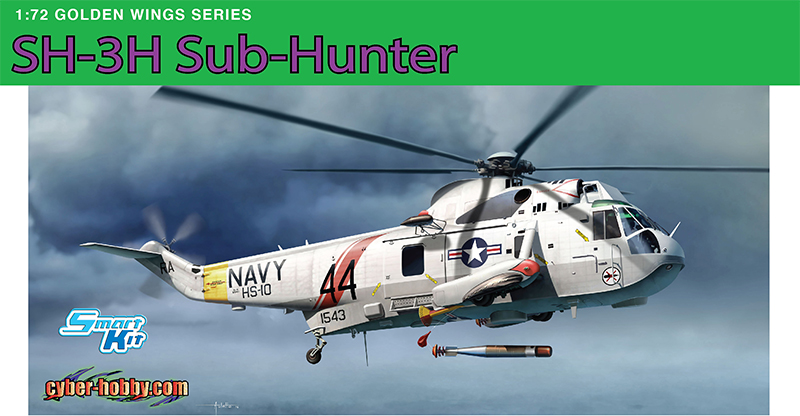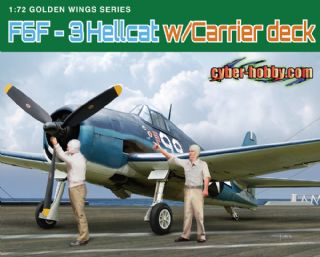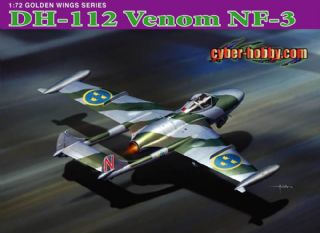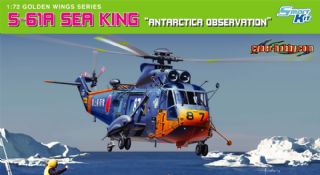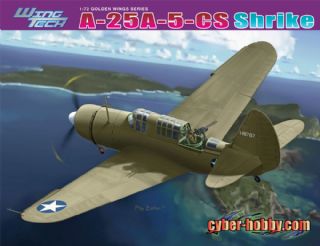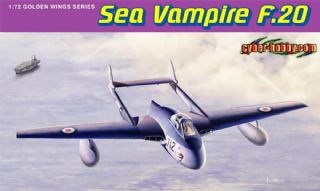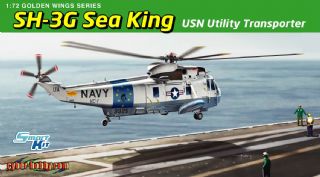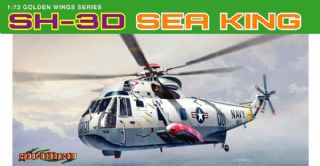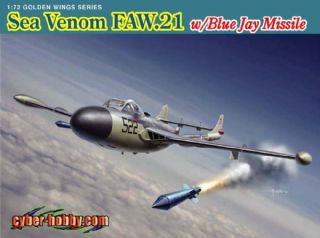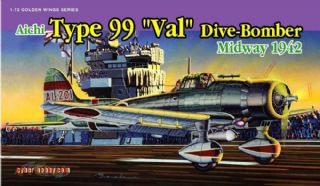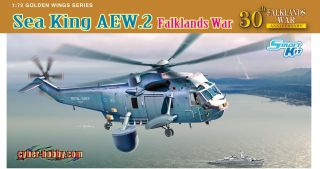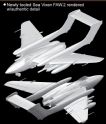

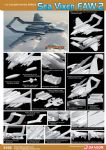
Barcode: 0 89195 85105 5
Case Pack: 20 pieces per master carton
Box Size: 9.6" x 15" x 2.4"
Features:
- Newly tooled Sea Vixen FAW.2 rendered w/authentic detail
- Newly tooled air observer seat available
- Newly tooled fuel tanks
- Red Top missile newly added on Sea Vixen
- Newly designed upper fuselage w/correct detail
- Folding-wing mechanism rendered w/fine detail
- Air intakes accurately represented
- Wings can be assembled extended/folded
- Detailed cockpit interior
- Launchers for 2-inch rocket projectiles included
- Standard 150-gallon drop tanks included
- Intricate fuselage for Sea Vixen FAW.2
- Twin-boom tail made by slide-mold technology
- Realistic jet exhausts reproduced
- Airbrake can be shown open/shut
- Fuselage possesses metal-skinned appearance
- Rudders can be modeled in different positions
- Landing flaps can be displayed in fully extended position
- Landing-gear bay w/intricate detail
Cyber-Hobby has spawned another 1/72 scale member of the Hawker Siddeley Sea Vixen family. The Sea Vixen was a twin-boom jet fighter used by the Fleet Air Arm of the Royal Navy in the 1960-70s, and this carrier-based aircraft could travel at speeds of up to 1,110km/h. Following on from Cyber-Hobby’s kit of a twin-seat Sea Vixen FAW.1 (FAW denotes ‘Fighter All Weather’), this latest kit represents an FAW.2 variant. As successor to the FAW.1, it possessed many improvements such as an enlarged tail boom allowing additional fuel tanks, an improved escape system and more space for electronic countermeasures systems. The FAW.2 entered frontline squadrons in 1964 and some 29 new-build aircraft were produced as well as 67 FAW.1s converted. The Sea Vixen was withdrawn from service in 1972.
Just like Cyber-Hobby’s recent FAW.1 kit, this 1/72 scale model makes extensive use of slide molds to create a harmonious blend of detail and ease of assembly. The fuselage is a complex shape because of the twin tail booms, but very judicious engineering and clever parts separation mean all the components fit together perfectly. The newly tooled fuel tanks accommodated on both wings are delicately reproduced. The cockpit for the pilot, which is offset towards the port side, is featured correctly, and the upper fuselage has been updated to include the correct top hatch for the observer. Panel lines are sharply and precisely rendered thanks to the application of laser technology. Modelers can now complete their Sea Vixen families!

